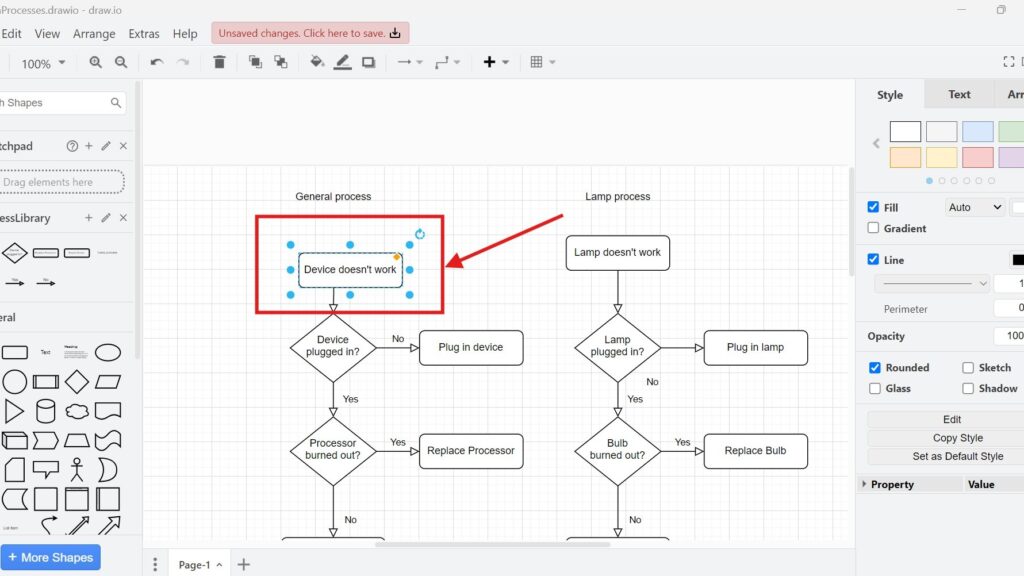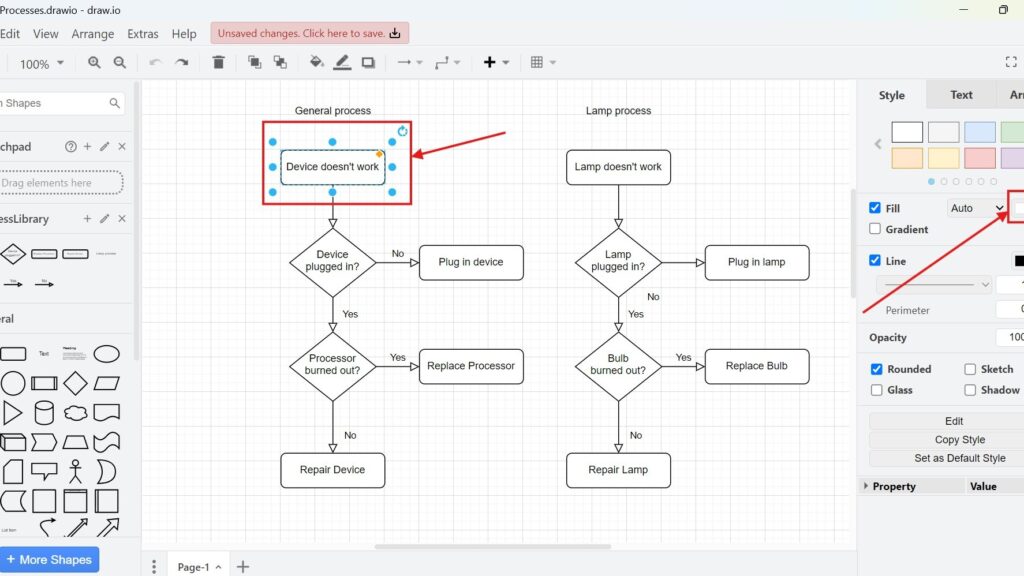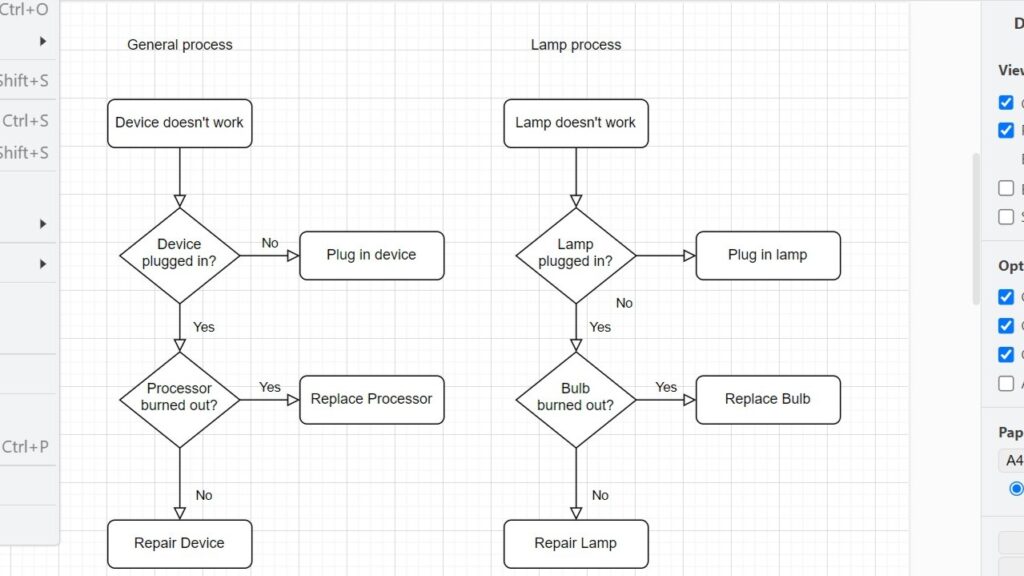ITIL Service Strategy Roles: Explained with an Example for a Telecommunications Provider
Understanding ITIL Service Strategy roles is key to delivering high-quality IT services. These roles ensure that your service strategy aligns perfectly with customer needs and business objectives. Let’s look at how a telecommunications provider could implement these roles and why they matter for their success.
ITIL Service Strategy Roles: Explained with an Example for a Telecommunications Provider Read More »


















